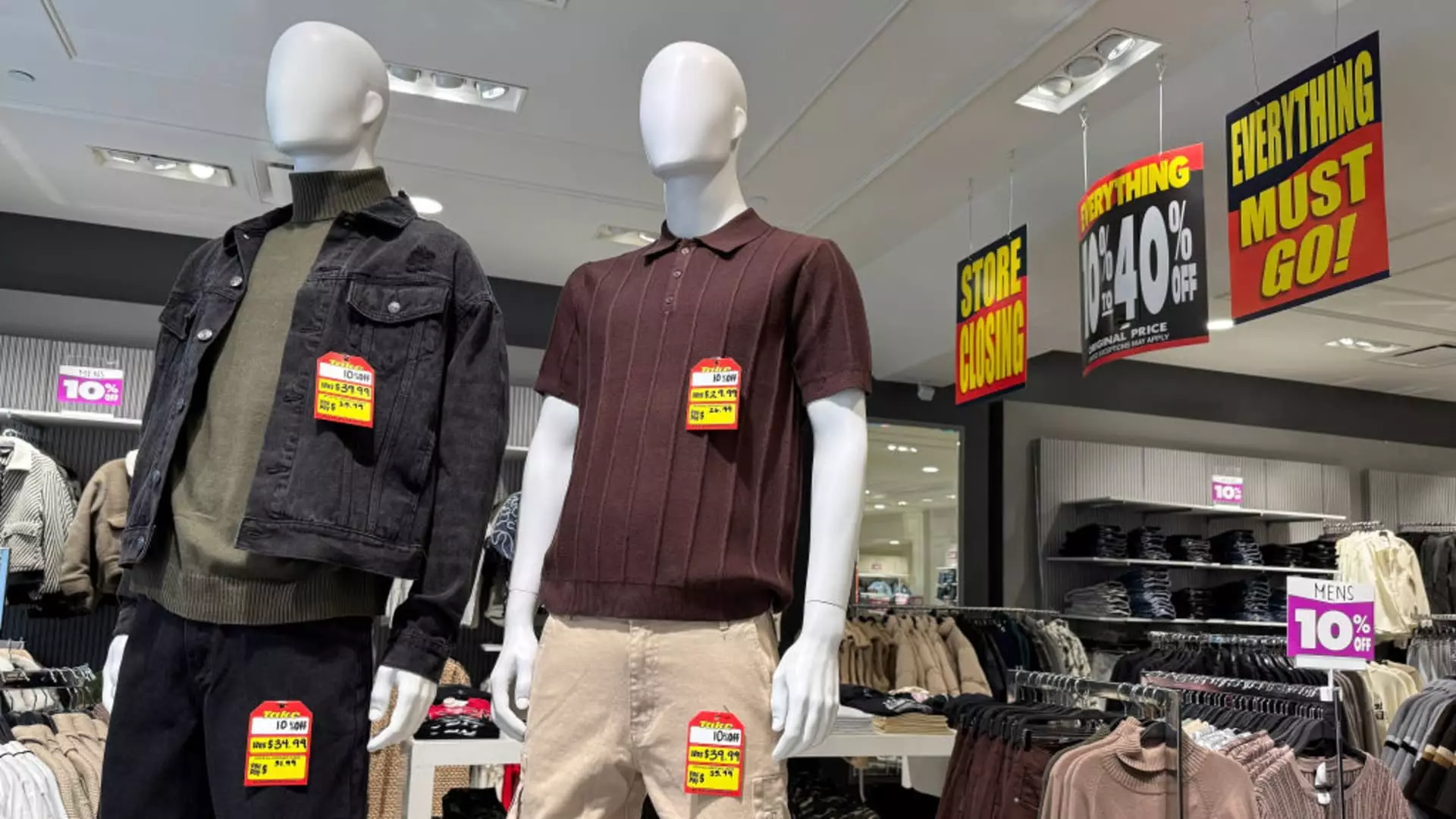Forever 21, an iconic name that once stood at the forefront of the fast-fashion revolution, has shockingly filed for bankruptcy protection for the second time in just six years. The company’s struggle to remain relevant in a rapidly changing retail landscape highlights the severe impact of competition from newly emerged online retailers, particularly Shein and Temu. These companies, founded outside the U.S., have leveraged the loophole known as the de minimis exemption, allowing them to flood the American market with tariff-free goods valued under $800. This loophole has not only undermined Forever 21’s pricing but also left traditional brick-and-mortar retailers scrambling for survival.
It’s frustrating to witness how quickly consumer preferences are shifting toward these nimble e-commerce platforms. Shoppers are drawn in by rock-bottom prices and an endless variety of styles that push the boundaries of fast fashion. Forever 21’s struggles aren’t just a consequence of its own missteps; they stem from a fundamental evolution in retail that the company failed to anticipate. The brand’s efforts to partner with Shein to counteract this threat were ill-fated and ineffective. In the end, a feeble attempt to ally with a competitor did little to shield Forever 21 from its inevitable decline.
The Economic Storm: Inflation and Supply Chain Chaos
Compounding its competitive challenges, Forever 21’s bankruptcy comes against a backdrop of unprecedented economic turmoil. The COVID-19 pandemic has rattled supply chains, while inflation has reached heights not seen in decades, squeezing consumers’ budgets and reshaping their shopping habits. Forever 21 once thrived as a go-to destination for inexpensive, trendy apparel that catered to budget-conscious shoppers. However, the brand’s pricing strategy became less attractive as inflation rose, forcing consumers to reconsider their spending priorities.
While Forever 21 had previously reported substantial revenue figures, the reality has shifted dramatically. The company reported losses exceeding $400 million over the past three fiscal years—a staggering figure that reveals just how corrosive inflation and burgeoning supply chain issues can be. To merely survive, retailers must adapt quickly, and it seems Forever 21, mired in outdated practices, has grappled with this adaptation. Despite generating $2 billion in revenue at one point, the specter of dwindling customer loyalty and ever-rising operational costs have pushed the iconic brand toward the brink of complete liquidation.
Government’s Inaction: A Call for Fair Competition
An essential component of Forever 21’s downfall lies in the failure of U.S. policymakers to create a level playing field for domestic retailers. The extensive lobbying efforts by American companies requesting an end to the de minimis exemption showcase a bipartisan demand for reform. Yet, the existing laws and regulations remain stagnant as companies advocating for fairness encounter roadblocks and red tape. With competitors benefitting from tax loopholes, it becomes disheartening to see traditional brands like Forever 21, which once led the retail landscape, teeter on the edge of collapse.
The current political climate has made the case for reform feel even more poignant. A profit-oriented agenda should not come at the expense of local businesses struggling to maintain their foothold against foreign competitors. The challenge for brands like Forever 21 transcends basic operational efficiency; they must navigate an unfair playing field that disincentivizes domestic production in favor of cheaper, imported alternatives. As leading brands fail to keep their head above water, this situation warrants urgent attention and action from lawmakers.
Meanwhile, Forever 21 has not entirely vanished from the landscape. With many of its international stores and websites still operational, hope still glimmers for potential buyers wanting to revitalize the brand within the United States. The encouragement from Authentic Brands Group indicates that there might still be a future for Forever 21 if a strategic partner chooses to step in. This opens a critical dialogue about brand evolution and the necessity of innovation in business practices.
Through its tumultuous journey, Forever 21 stands as both a cautionary tale and a beacon of potential transformation. The gaping vulnerabilities exposed in the fast-fashion retailer’s story call for urgent introspection and comprehensive industry-wide change. As we witness the slow unraveling of a once-dominant player, it is imperative to hold accountable the broader systemic issues that facilitate an unequal landscape—one that jeopardizes not only Forever 21’s legacy but the fabric of American retail itself.


Leave a Reply